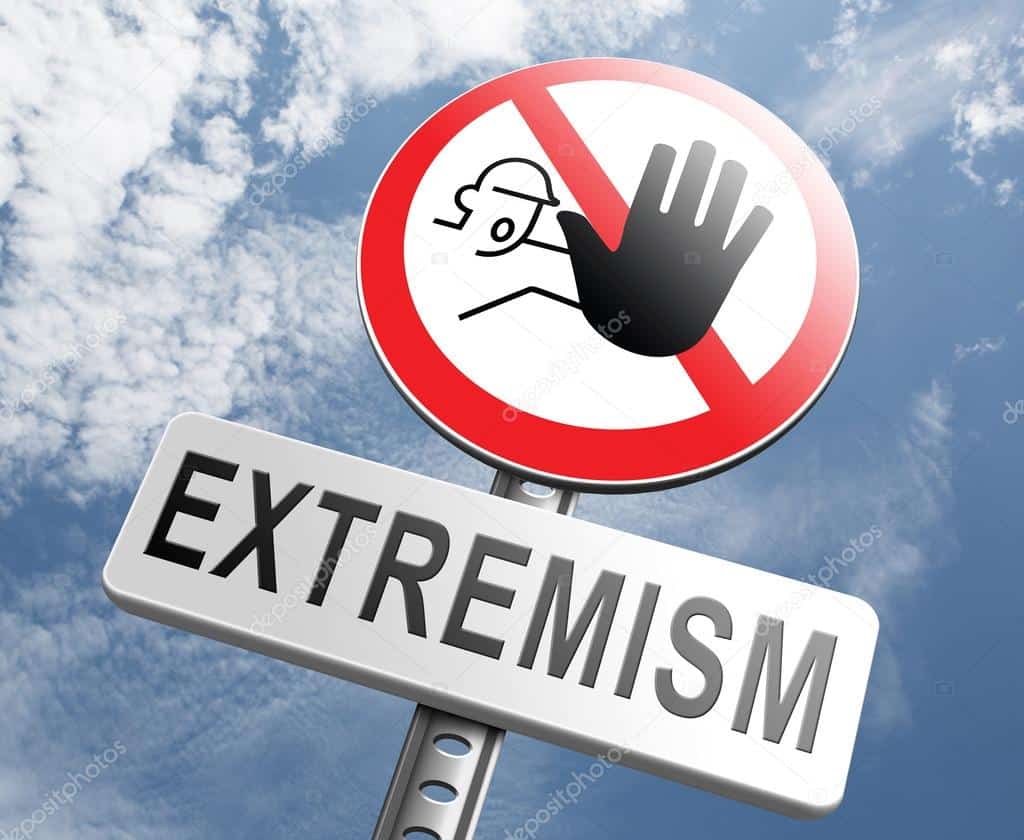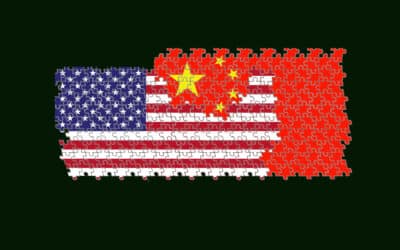The South Australian police on the fourth of July arrested a thirteen-year old youth for possession of “extremist material.” The content and nature of the material is unknown. The “autistic” boy was held in police custody; bail was set and his mother collected him, his electrical devices having been collected. Due to his autism it is alleged that he may be easily influenced by the material. The boy and his mother will go to court soon, where his condition shall be reviewed. Two years ago a fifteen-year old male was arrested for the possession and “distribution” or information that may be used to make a bomb. He was treated as an adult and faces fifteen years in jail.
What is “extremist material”? Are information and words considered contraband? Are images or ingredients? In the past, school boys would share discs that had the Anarchist Cookbook on it along with bootleg copies of Faces of Death or Killing in America. In the past pamphlets criticizing the government or espousing religion or ideology were also considered extremist and dangerous.
So how is a boy to know what he is allowed and not allowed to look at and be in possession of? Australia has recently named its first “Chief Censor.” A ghoulish dystopian title that gets to the point; Orwell or Bradbury could not be so unimaginative in their language. The police arresting the boy along with the legal professionals involved are likely paid to balance the notions of “freedom” with “security.” When paid government agents are requested to make a distinction, security tends to prevail (it pays better). Freedom is after all dangerous and hard to plan or control. Those SA police members from the station where the boy was arrested all seemed to disagree with the boy’s arrest.
Statements relating to the arrest claim that the boy’s parents “didn’t understand the seriousness of his alleged offending.” If they and the rest of the governed are unaware of the “alleged offending” then how can we avoid doing such a thing and how can we learn what is allowed? Footage of police officers knocking on family’s doors because of a Facebook post during the COVID years revealed a growing trend in allowable opinions. There was a common state of fear among those who wanted to discuss or challenge narratives, even as those allowed narratives were changing. It suddenly became illegal or risky to have or share such opinions.
Australia has been described as a permissive country where rights are assumed and allowed. There is no formal Bill of Rights and the freedom of speech does not protect like many tend to assume it should or would. Instead it is a case of being allowed to read, write, and express certain opinions. Extremism or what is considered extreme tends to vary according to contemporary sensibilities. Right now, in the wake of dissent and conspiracy theories online, a wave of wariness of authority is becoming widespread, much of it unhealthy and grandiose in crediting controlling forces or entities with villainous omnipotence.
In the 1960s and 1970s, it was “left wing” extremist materials that were considered dangerous; now it’s expressing “right wing’ views. One hundred years ago Catholics and migrants from Ireland or Germany were considered dangerous and threats to the crown; now those with Islamic views or from nations in the frontiers, usually Middle Eastern or Asian. Threats to government change with the ambitions of the government itself.
A thirteen-year old boy is seen both as a child when it suits the state and an individual that can be punished and held responsible like an adult. Old enough to be a terrorist, though not old enough to consent to sex or drink. Not old enough to sign a contract but somehow old enough to be punished for possessing “extremist material.” The mathematics is a complicated matter and suits the state and experts as they please. After all they often prove that might is right and no matter how much legalese disguises otherwise, armed agents are still required to enforce and prove their point. The consent of the governed comes from the barrel of guns.
When I asked a friend, what “extreme material” means, he answered, “What people in power don’t like.” The powerful make the rules and the most violent decide them. The pretense of civility projects a facade which allows us to believe it to be fair or just. When it bares its teeth it is vulgar, frightened, and always violent. Extremist material invokes fear (even if it is misplaced). It becomes a terrorist charge, where the material on his computer is an act of terrorism.
“Professor Michele Grossman AM, testifying before a June Senate hearing into extremism, warned social media and the internet were pushing more young Australians, including children, into anti-democratic zealotry,” reported News.com.au. The internet and social media have decentralized information and despite algorithms to the contrary, still allow for those seeking to find information. Not everyone looking for extreme content seeks violence. Terror and violence exists regardless of words, both are often reactions, repulsive acts used in the contest to rule. It seems however that while monitoring their citizens and spying on a thirteen-year old boy, the state decided what he found, collected, and perhaps interacted with was extreme. The rest of us may also learn under similar circumstances.
How it is defined and what is illegal is still uncertain. This is something that the Chief Censor and a committee of bureaucrats will decide (or make up). No doubt the extreme content may vary according to the zeitgeist and whims of the government and the censors. The images of a boy and his mother running from the media as they flee the courthouse provides us with a visual metaphor of the state of intellectual and journalistic curiosity. Julian Assange may be home, though in Australia he is among few peers.
We live in a world where the governed shall find out what they are allowed to read and witness, one arrest at a time. Where thirteen-year olds are seen as dangerous, perhaps extremists. It is not unique to Australia. This is a universal compulsion for all national governments; variations exist and Australia is leaping down a path to a fascism usually labeled “anti-fascism.” In any case, we each shall learn in time just what material is allowed and what books or posts or memes must be burned on the pyres of censorship.
“Prosecutors told the court they were concerned about the teen’s mental health and that he may be susceptible to negative influences,” 7 News reported. Banning Andrew Tate from schools or the mouths of young boys here in Australia has created a fascination with him. When Tate says the matrix is after him, he becomes an ideological martyr to future incels. The same goes for any other dissident thinking; instead of setting better examples or allowing bad ideas to experience the sun light of truth and exploration, the censors keep them alive in the shadows. The manure of the taboo helps them to fester and grow in minds that are already dissatisfied. Then the conduct of the regime itself only propagates this line of thinking, whether deluded or not. The banning of any condemnation and criticism, however extreme or bigoted or even complex only proves the point. And why should people believe in an entity that relies on threats and bribery to sustain itself?
According to an Australian government website, “extremist material” could include:
- Articles, images, speeches or videos that encourage hate or violence
- Statements or posts made on social media, chat rooms or blogs that encourage hate or violence
- Content encouraging people to commit acts of terrorism
- Websites created or hosted by terrorist organisations
- Terrorist training materials
- Suspicious content regarding use or sale of chemicals online
- Videos or images of terrorist attacks
It is with some irony that the U.S. government was constrained by itself in the prosecution against Julian Assange. He was allowed to return home, where politicians of the Australian government sort of celebrated his return, a man who under these definitions would have faced jail, perhaps gone to a secret court as others have and not had a defense that could reason with a prosecution. Terrorism truly wins when the reaction to it is in the destruction of the society it wages war against. A police state creates a nation of prisoners imprisoned for their own apparent safety. And in the end, the whiff of freedom itself is extremist.
The image of a thirteen year old and his mother running from the courts, after he spent the night in an “adult jail” perfectly expresses the state of “western values.” The supposed liberal rights that define a free society are constantly chased away; the fascist tendencies of government and so many in the population are on display. Run little boy freedom! The whore of justice only lifts her skirt for the state, and liberty, well, she is an extremist terrorist now.
































